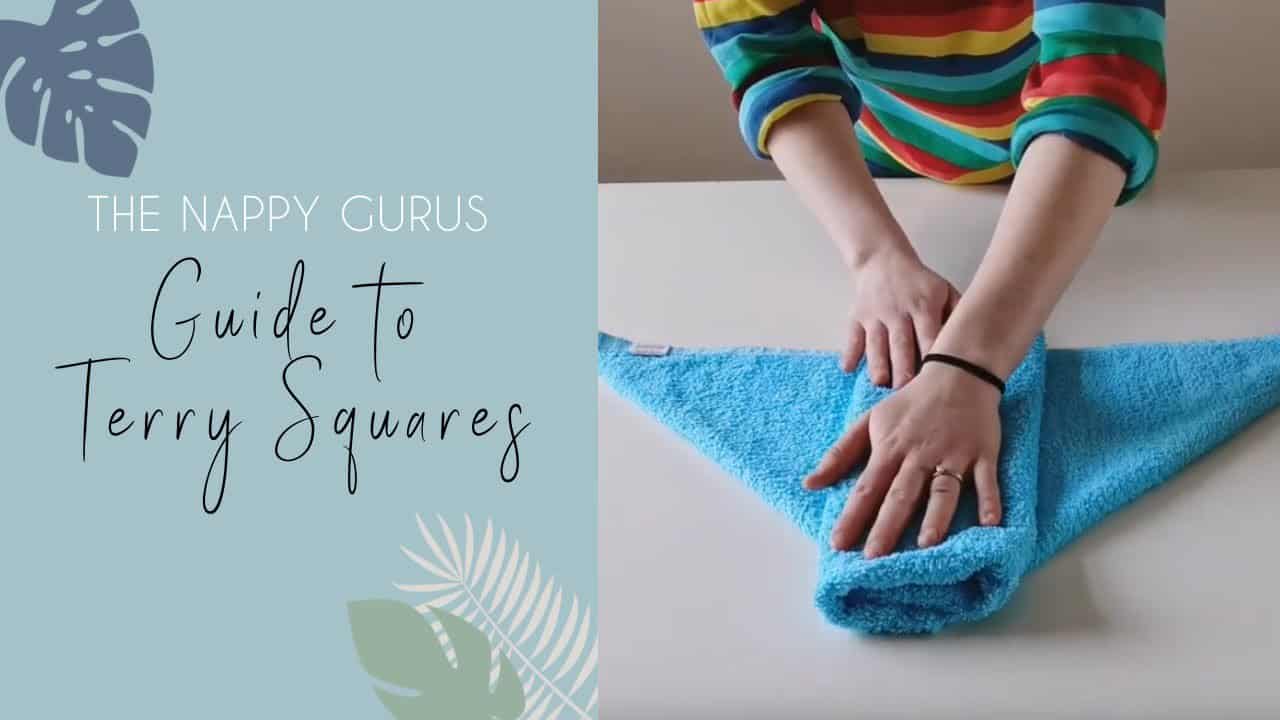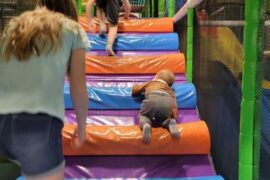Folding Cloth Nappies: A Simple and Eco-Friendly Guide for New Parents
Welcome to the wonderful world of cloth diapering! If you’re a new parent looking to dive into the eco-friendly practice of using cloth nappies but feeling a tad overwhelmed by all the folding techniques, fear not! This guide is designed to provide you with all the tips and tricks needed to become a cloth nappy folding pro in no time.
Why Choose Cloth Nappies?
Before we jump into the folds, let’s talk about why cloth nappies are making a huge comeback. They’re not just great for the environment, but they’re also soft on your baby’s skin and can be quite cost-effective in the long run. Plus, with a variety of stylish patterns and materials available, they look absolutely adorable on those tiny bottoms!
Getting Started with Cloth Nappies
When considering cloth nappies, you’ll need to get a few essentials:
- Flat or Prefold Cloth Nappies: These are your basic, traditional cloth diapers that will require folding. They are versatile, easy to clean, and quick to dry.
- Snappis or Safety Pins: These fasteners are used to secure the nappies once folded.
- Waterproof Covers: They go over your folded cloth nappies to prevent leaks.
- Wipes and Accessories: Cloth wipes, wet bags, and liners are additional accessories you might find handy.
Folding Techniques for Every Bum
Now, let’s get to the main attraction: folding those nappies. There are several different folds, each with their benefits, depending on your baby’s age, size, and your personal preference. Here we’ll cover some popular folds.
The Triangle Fold
A simple fold that works well for newborns and smaller babies is the triangle fold. It provides extra absorbency where it’s needed most:
- Lay the nappy flat, then fold it diagonally to create a triangle.
- Place your baby on the longer edge of the triangle, with the apex of the triangle pointing down towards their feet.
- Bring the apex up between your baby’s legs.
- Wrap the other two corners around your baby’s waist and fasten securely with a Snappi or safety pins.
- Cover with a waterproof nappy cover, and you’re all set!
The Pad Fold
The pad fold, also known as the rectangle fold, is one of the easiest folds and is great for older babies and toddlers:
- Simply lay the cloth nappy flat.
- Fold it into thirds lengthwise like you would a letter, creating a rectangular pad.
- Place it inside a waterproof nappy cover and put it on your baby like a disposable nappy.
This fold doesn’t require any fasteners and is a good option for quick changes.
Getting the Perfect Fit
Regardless of the fold you choose, ensuring a snug, comfortable fit is crucial to preventing leaks. Keep these tips in mind:
- Make sure the nappy is tight enough to avoid gaps but not so tight it causes discomfort or restricts movement.
- Adjust the waterproof cover’s closures to secure everything in place.
- For boys, extra absorbency at the front can be helpful, while girls may need more in the middle.
- Check for any parts of the cloth nappy poking out from under the cover to avoid wicking moisture onto clothing.
With just a little practice, you’ll find that folding cloth nappies is easier than it seems. What’s more, it’s an environmentally friendly choice that’s gentle on your baby’s skin and can be incredibly rewarding for your family. Remember, practice makes perfect, and soon folding cloth nappies will be second nature!
Stay tuned for more detailed folding techniques and troubleshooting tips in the next section of our Ultimate Guide to Folding Cloth Nappies! Now that you’ve got the basics down, you’ll be able to tackle any nappy-changing challenge that comes your way. Keep reading to become a cloth nappy-folding master! Happy diapering!

Five Things Parents Should Know In Preparing for Folding Cloth Nappies
As you begin your cloth nappy journey, there are a few things you should know to prepare yourself for folding and using cloth nappies efficiently:
1. Choice of Fabric Matters
Not all cloth nappies are created equal. The fabric you choose will determine how absorbent the nappy is and how quickly it dries. Cotton, bamboo, and hemp are popular choices, each with its own benefits. Cotton is durable and easy to clean, bamboo is super absorbent and soft, and hemp absorbs a lot and is also eco-friendly.
2. Pre-Washing Is Essential
Before you start folding and using your new cloth nappies, it’s important to pre-wash them. This process removes any oils or contaminants and helps increase the nappies’ absorbency. Wash them a few times according to the manufacturer’s instructions before the first use.
3. Stock Up on Essentials
Apart from the nappies themselves, ensure you have all the essentials on hand. Waterproof covers or nappy wraps are a must to prevent leaks. Also, invest in high-quality fasteners such as Snappis or sturdy safety pins, as well as a good supply of liners, and cloth wipes for a smooth diaper-changing routine.
4. Understand the Absorbency Needs
Depending on your baby’s age and wetting patterns, you’ll need to adjust the absorbency of your cloth nappies. Infants often need more layers, especially at night. As they grow, changing patterns may mean adjusting where you add extra layers within the fold for boys and girls respectively.
5. Practice Makes Perfect
Don’t be discouraged if your first few folds aren’t perfect. Cloth nappy folding is a skill that gets better with practice. Try different folding techniques to find what works best for you and your baby, and don’t hesitate to reach out to the cloth diapering community for tips and support.
These tips will make your transition to cloth nappies a lot smoother. Learning to fold cloth nappies can be a fun and gratifying experience, especially when you know you’re making a healthy choice for your baby and the planet. So gather your supplies, and let’s get folding!
More Detailed Folding Techniques and Troubleshooting
Coming up, we’ll delve deeper into advanced folding techniques for those looking to tackle more specific needs, such as containment for heavy wetters or folds that accommodate babies on the move. Plus, we’ll share some troubleshooting advice for common folding issues and provide solutions to ensure that you feel confident using cloth nappies in any situation.
Learning to fold cloth nappies can be an incredibly rewarding part of your parenting journey. Not only are you choosing an eco-friendly option, but you’re also providing a safe, chemical-free alternative for your baby’s delicate skin. As you continue to learn and become more adept at folding, you’ll soon discover the joy and simplicity that cloth diapering can bring to your everyday life. So, embrace the process, and remember, every fold is a step towards a greener future for your little one!
See more great Things to Do with Kids in New Zealand here. For more information see here
Disclaimer
The articles available via our website provide general information only and we strongly urge readers to exercise caution and conduct their own thorough research and fact-checking. The information presented should not be taken as absolute truth, and, to the maximum extent permitted by law, we will not be held liable for any inaccuracies or errors in the content. It is essential for individuals to independently verify and validate the information before making any decisions or taking any actions based on the articles.




